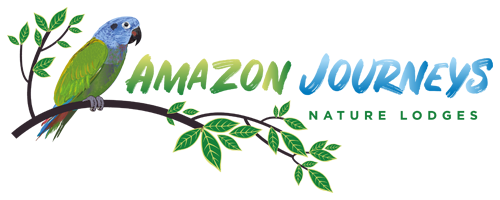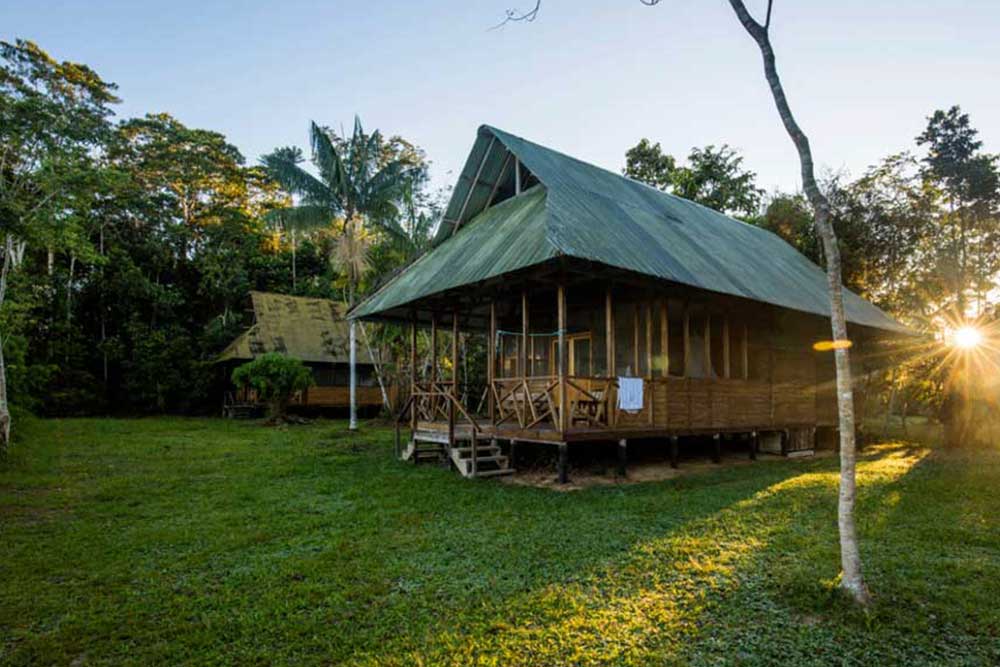If your passion is nature, you will love our biological stations located where the Andes and the Amazon meet!
Our three biological stations are located in one of the richest biodiversity gradients between the Cusco and Madre de Dios regions, allowing access to a wide variety of Amazonian ecosystems between cloud forests, foothills, and lowland jungle.
Each station offers unique and different experiences. Our facilities are very comfortable and welcoming, and offer a wide variety of activities to explore different types of habitats and learn about research, conservation and sustainable development projects, while enjoying nature.

Wayqecha
Birds and orchids abound in this Andean cloud forest lodge adjacent to Manu National Park. View the forest from 100 feet above in our canopy walkway. Witness dramatic valley views reaching to the Amazon basin. More »
Manu
Experience old-growth, montane, and secondary forests at this former hacienda in the Andean foothills next to Manu National Park, with picturesque rivers and waterfalls, and optional outings to nearby indigenous communities. More »
Los Amigos
Buffering millions of acres of protected forests, this megadiverse site includes palm swamps, bamboo thickets, oxbow lakes, and a 200-foot canopy viewing tower. More »



